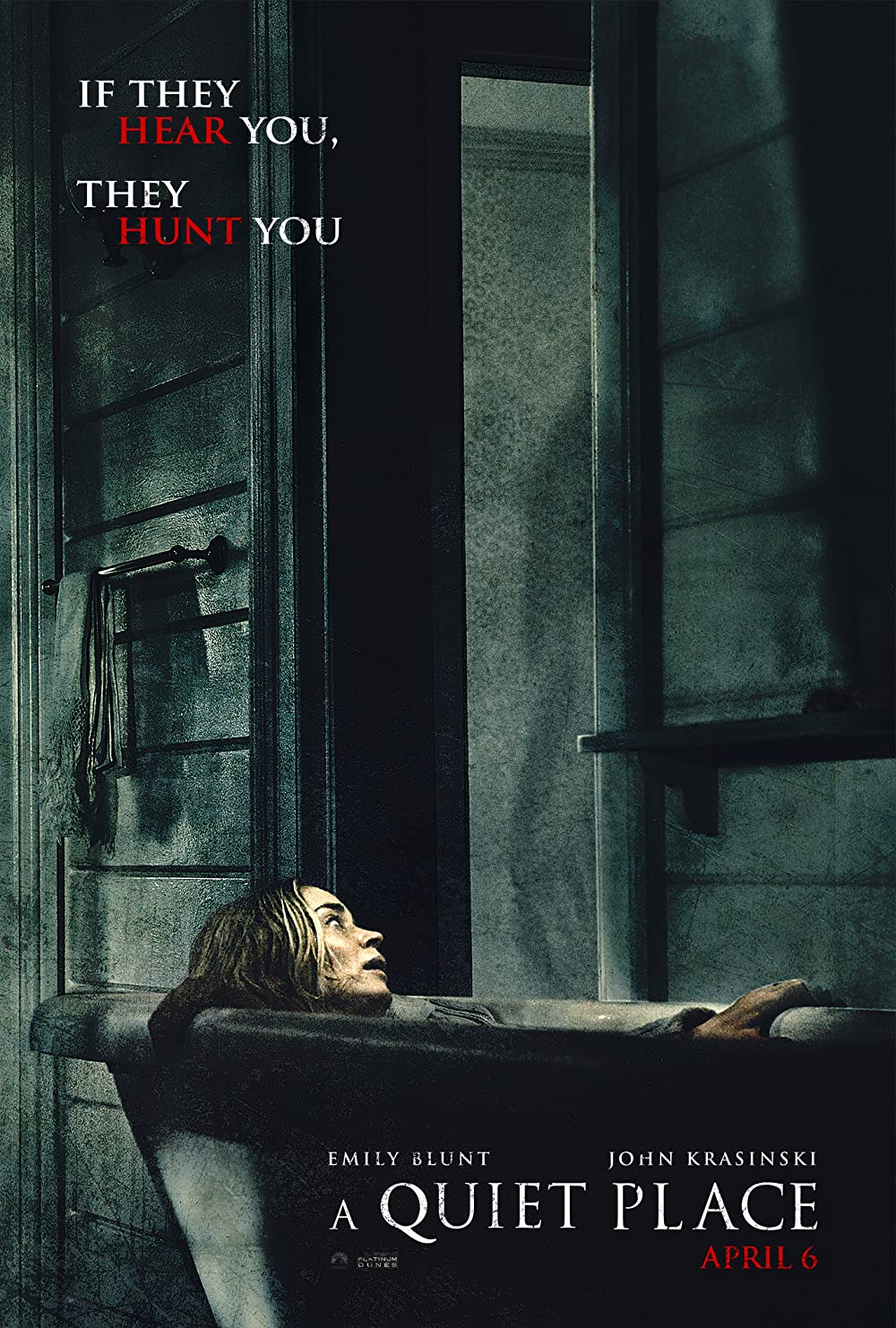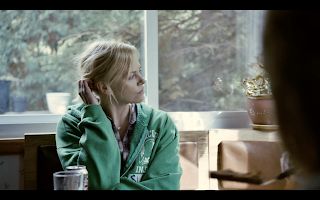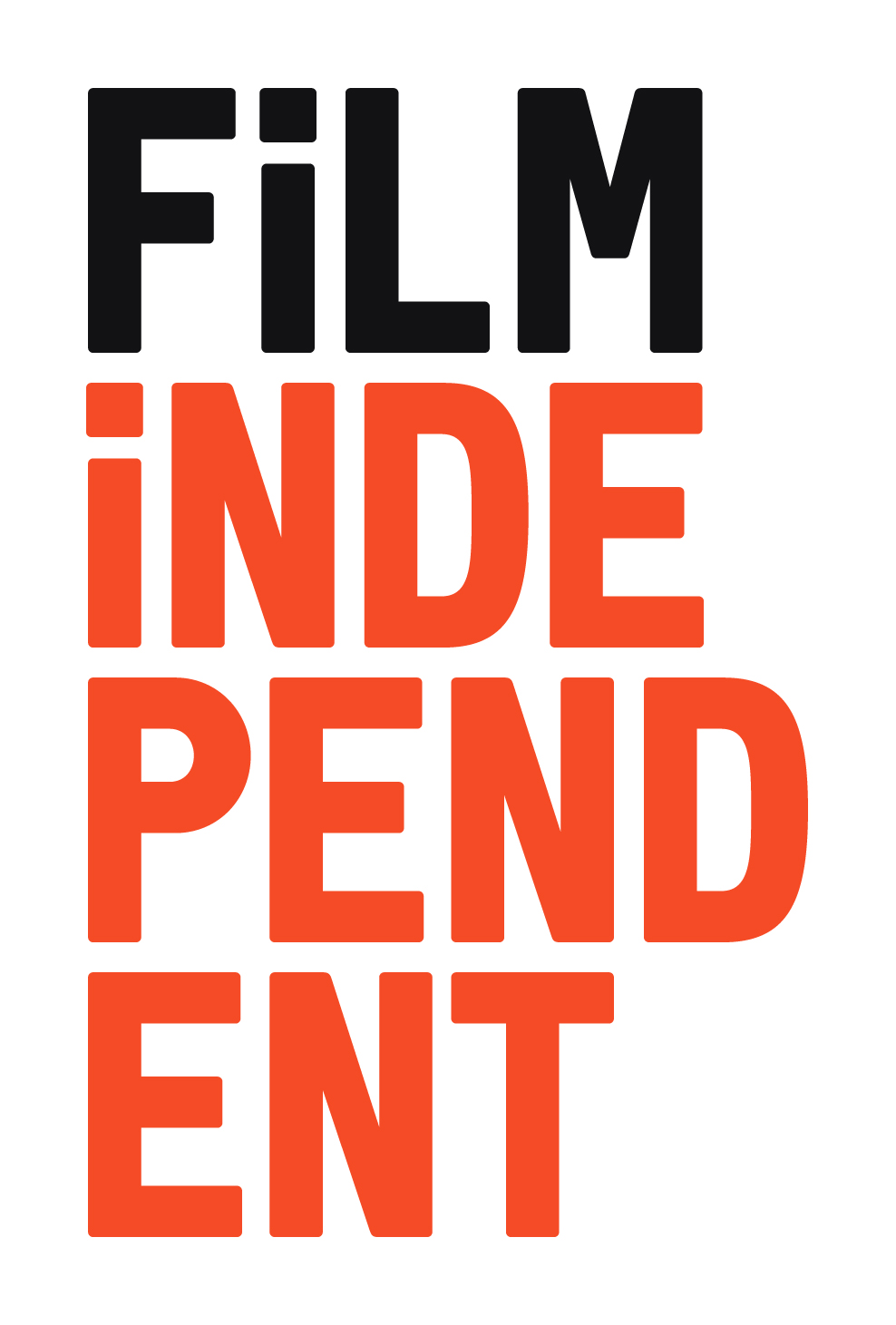John Krasinsky's film is directed extremely carefully, as the premise dictates. It relies on characters, a couple (Krasinksy and Emily Blunt) and their three children (Noah Jupe, Cade Woodward, and deaf actress Millicent Simmonds), making as little noise as possible to avoid the detection of blind monsters with extra-sensitive hearing. Every movement is deliberate to create as little sound as possible. And the use of sound, and shots, is completely engrossing, but loose enough to create needed breaths of fresh air every now and then.
A Quiet Place is surprisingly not scoreless, thanks to composer Marco Beltrami, and speaking is as crucial in the film as communication is in real life. Sign Language is used throughout the film, but what's surprising is what's being signed can be every so slightly heard sometimes by some characters. The variances in the language are brought out through moments like that and shows, if only for a moment, security has broken through the tension. Your heartbeat may spike at a moment's notice, but it is not toyed with.
The family, however, is toyed with. Krasinksy is not starting with a perfect story, as writers Bryan Woods and Scott Beck pull the rug out from under the family with a tight grip every once in a while. The monsters aren't given an unfair advantage, it's just whatever starts a potential attack, to a certain extent, is avoidable, sometimes it's frustratingly avoidable. Once that is out of their hands though, the movie doesn't add insult to injury by placing the family somewhere like a wind chime factory. In fact, great care is taken in showing that their environment is the anti-wind chime factory, with many everyday objects they use replaced with paper and fabric versions, so it evens these "get the ball rolling" moments out pretty well. The only other cheap shot like this that stuck out was some exposition, but at least it was given visually. The history of the monsters and the family's situation is slammed in the audience's face a little harder than it needed to be with some shots that could've been cut.
Theatrical Poster | Copyright 2018 Paramount Pictures
It's not necessary to encourage viewers to watch where they're going upon exiting the theatre. They'll be doing that on their own, at least until they start driving or return and feel comfortable to crank the volume on something, anything, to make sure they've snapped out of it.





















0 comments:
Post a Comment